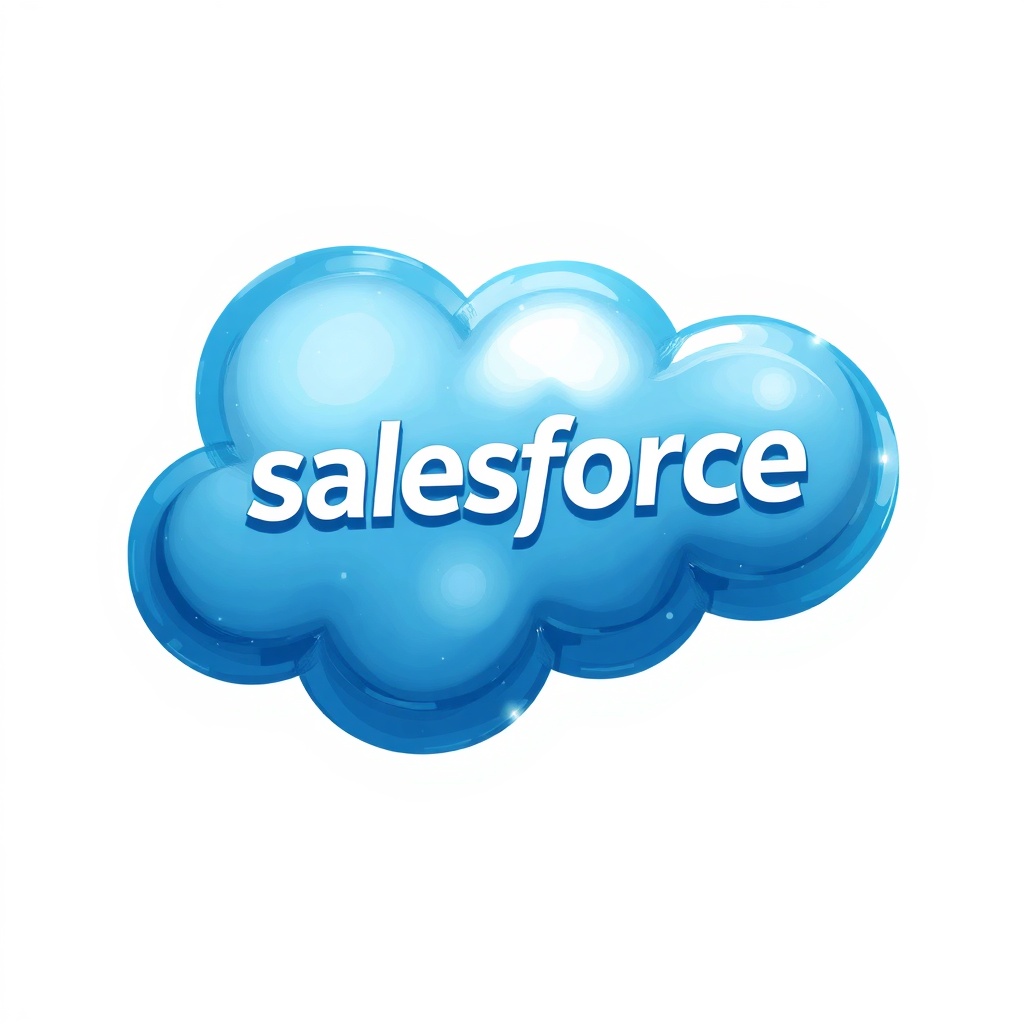Salesforce remains central to how businesses manage customer relationships, automate processes, and unify data across teams.
Whether you’re launching a first CRM implementation or optimizing an enterprise deployment, focusing on the right strategy will maximize ROI and drive measurable customer outcomes.
Core priorities for a successful Salesforce program
– Define outcomes, not features: Start by mapping business outcomes—faster sales cycles, higher renewal rates, better customer satisfaction—then work backward to the Salesforce capabilities that enable those outcomes. This keeps projects aligned with revenue and operational priorities rather than chasing feature lists.
– Embrace low-code automation: Salesforce Flow and declarative tools let admins build complex workflows, approvals, and integrations without heavy development.
Use flows to automate common processes like lead routing, opportunity stage updates, and entitlement management. Reserve custom code for truly unique requirements.
– Centralize data with Customer 360 thinking: A single view of the customer requires consistent master data practices. Identify key objects and fields for canonical records, enforce validation rules, and use a robust integration strategy to synchronize data coming from marketing platforms, billing systems, and support tools.
– Build an integration strategy: Use MuleSoft, platform events, or native connectors to design reliable integrations. Prioritize data consistency and error handling: implement retry mechanisms, dead-letter queues for failed messages, and monitoring dashboards so issues are detected and resolved quickly.
– Keep security and compliance at the forefront: Leverage Salesforce’s security features—profiles, permission sets, field-level security, and event monitoring—to enforce least privilege access. Encrypt sensitive fields where needed and document data retention, access reviews, and audit trails for compliance teams.
Practical steps to optimize your Salesforce instance
– Trim unused customizations: Over time many orgs accumulate unused fields, workflows, and components. Run a cleanup cycle: identify unused fields and automations, archive metadata, and retire technical debt to improve system performance and reduce maintenance overhead.

– Improve user adoption with targeted training: Microlearning through Trailhead modules, role-based playbooks, and regular office hours help users adopt best practices.
Track adoption metrics like login rates, record updates, and usage of key flows to identify where more coaching is needed.
– Use analytics to drive decisions: Build simplified dashboards for executives and operational teams. Combine operational KPIs (pipeline velocity, case resolution time) with customer metrics (NPS, churn signals) so stakeholders can act on insights rather than raw data.
– Govern change with a release process: Implement sandbox environments, change sets or CI/CD pipelines, and a staging validation plan before deploying to production. A lightweight release governance model—prioritization board, testing checklist, rollback plan—reduces deployment risk.
Trends shaping Salesforce programs
Teams are placing more emphasis on modular architectures, reusability, and cross-cloud approaches. Increasingly, organizations favor composable integrations and shared services (single identity, shared data models) to reduce duplication. There’s also a move toward empowering business users through citizen development programs—paired with governance—to accelerate feature delivery while controlling risk.
Getting started or scaling up
If you’re beginning, pick a high-value pilot (lead-to-opportunity or case-to-resolution) and measure impact. For growing orgs, invest in a Centre of Excellence to steward best practices, maintain shared components, and prioritize roadmap items.
Regular health checks—covering security, performance, and customization hygiene—help keep momentum and prevent costly technical debt.
A pragmatic Salesforce strategy combines outcome-driven planning, disciplined data governance, and practical automation. That approach helps teams deliver faster, reduce friction for users, and create a foundation that supports future growth and innovation.